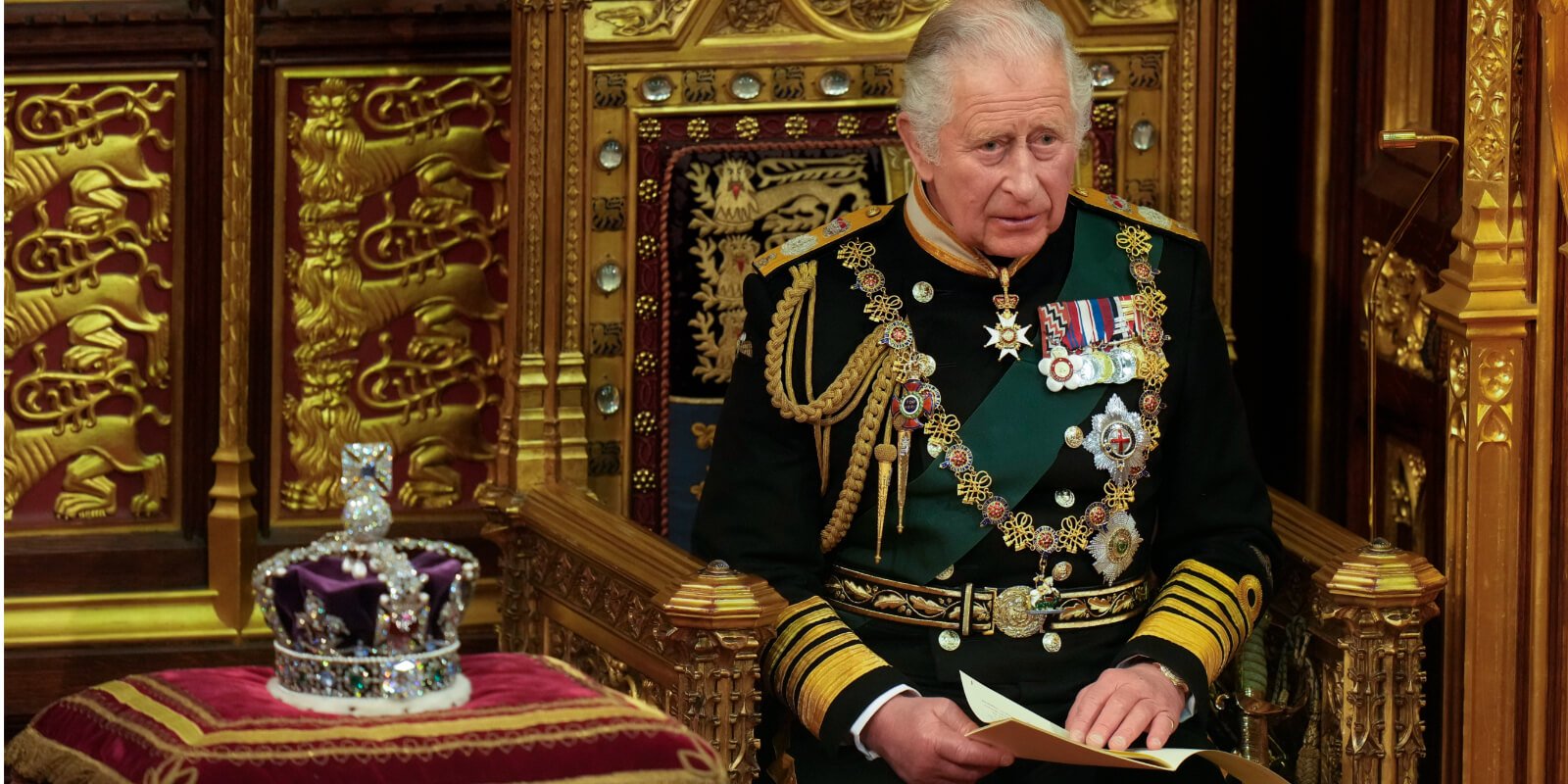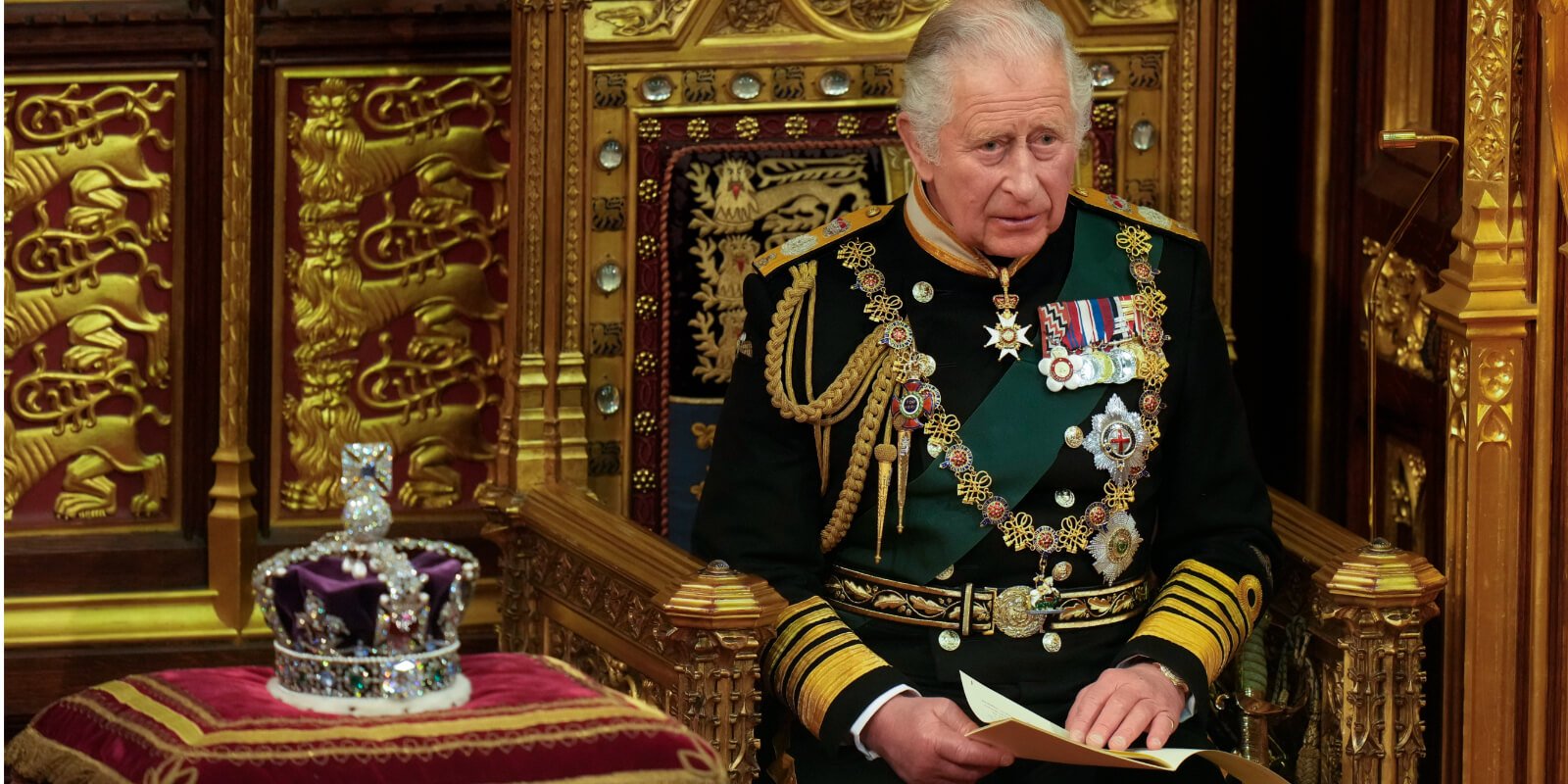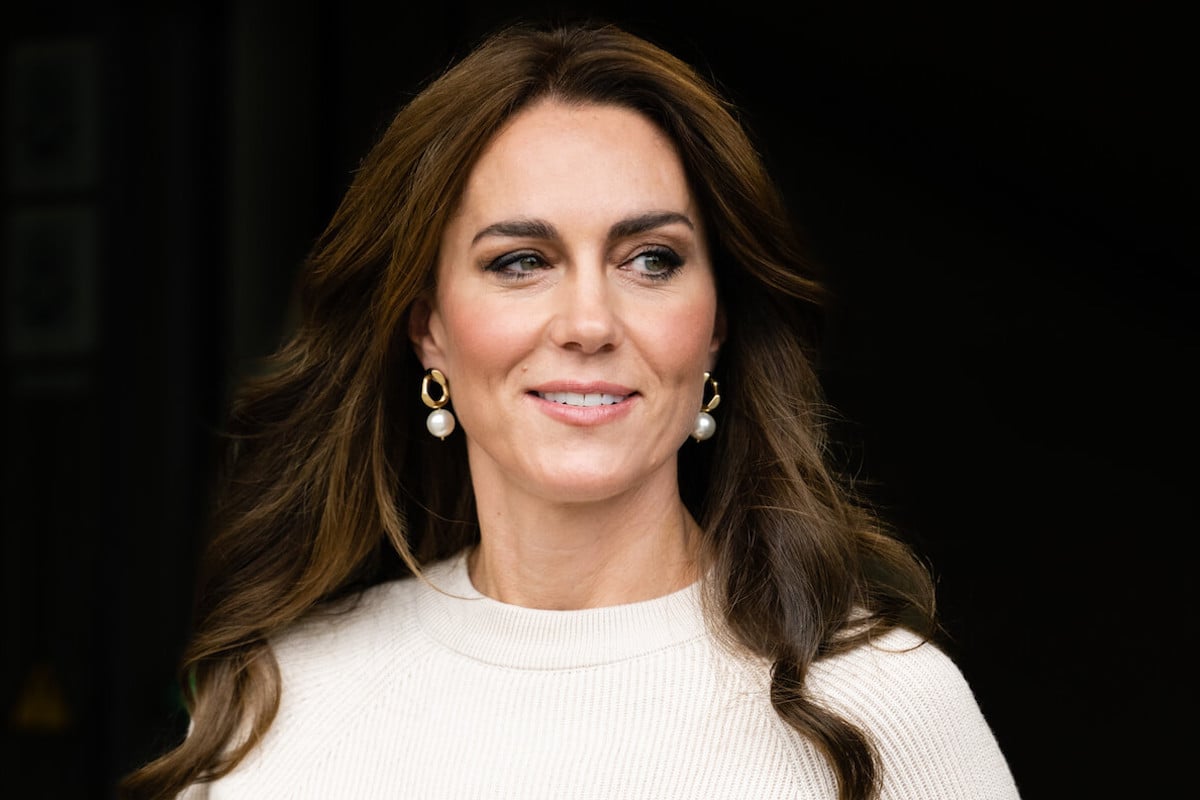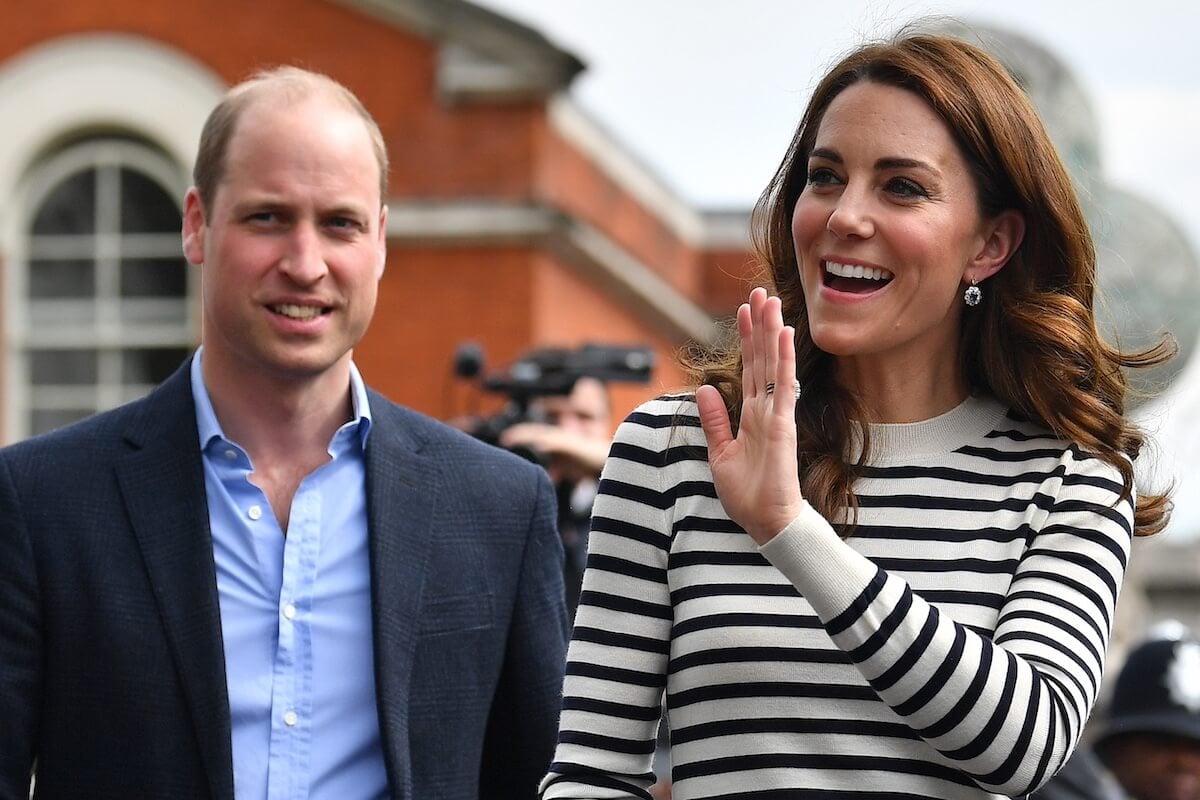
King Charles III’s Coronation Ceremony Features an Essential Tradition That’s Hundreds of Years Old
King Charles III‘s upcoming coronation ceremony is rich in history. However, some elements have more historical significance than others. One essential traditional includes an ancient ingredient that is hundreds of years old and has been used at every coronation ceremony in the House of Windsor, including for Charles’ mother, Queen Elizabeth II.

Coronations symbolize the transfer of power from one monarch to another
Coronations are more symbolic than official. When one monarch dies, their heir immediately assumes the throne. Within days, the Accession Council gathers at St James’ Palace, London, England, to legally confirm that the change in monarchy has taken place.
The word coronation comes from the Latin “corona.” meaning crown. But monarchs are described as crowned rather than coronated. However, for all the pomp and circumstance surrounding the ceremony, the actual crowning of a new monarch is near its end.
The ceremony includes the monarch making promises to God and the people they serve, reports the Westminister Abbey website. Then, the monarch is anointed and receives the royal scepters and orb.
However, the most critical aspects of the ceremony are the words and actions of the ruler. During a coronation, these are a visible representation of the duty and responsibility of the monarch.
Many elements of the storied ceremony are unchanging. These include one which will play a significant role in the coronation of King Charles III. His ceremony takes place on May 6.
King Charles III’s coronation ceremony features an essential tradition that’s hundreds of years old
The Coronation oil is based on the oil used at the Coronation of Queen Elizabeth II, the formula of which has been used for hundreds of years.
— The Royal Family (@RoyalFamily) March 3, 2023
It will also be used for the anointing of Her Majesty The Queen Consort.
? https://t.co/BhxFtIOP6e
[3/3] pic.twitter.com/ZNVpDgV2pV
Chrism oil will be used to anoint King Charles III as the United Kingdom’s monarch. This element was recently consecrated in a special ceremony at The Church of the Holy Sepulchre in Jerusalem, reported the royal family’s official website.
The oil was blessed by the Patriarch of Jerusalem and the Anglican Archbishop in Jerusalem. It has ties not only to the holy land but to King Charles’ familial roots.
The chrism was created using olives harvested from two groves on the Mount of Olives, at the Monastery of Mary Magdalene and the Monastery of the Ascension. The Monastery of Mary Magdalene is the burial place of Charles’ grandmother, Princess Alice of Greece.
The olives were pressed just outside Bethlehem. The coronation oil is based on the oil used at the coronation of Queen Elizabeth II. This same formula has been used for hundreds of years.
The Archbishop of Canterbury explains why this oil is so important
The consecration of the holy oil in Jerusalem reinforces the deep historical roots of the British monarchy and its ties to the land. The Archbishop of Canterbury, Justin Welby, shared a statement on the royal family’s official website where he discussed the oil’s significance.
“Since beginning the planning for the coronation, my desire has been for a new coronation oil to be produced using olive oil from the Mount of Olives,” he shared. “This demonstrates the deep historical link between the coronation, the Bible, and the holy land.”
Welby continued, “From ancient kings to the present day, monarchs have been anointed with oil from this sacred place. As we prepare to anoint the king and Camilla, Queen Consort, I pray they will be guided and strengthened by the Holy Spirit.”
King Charles III and Camilla Parker Bowles will be crowned king and queen consort on May 6.



